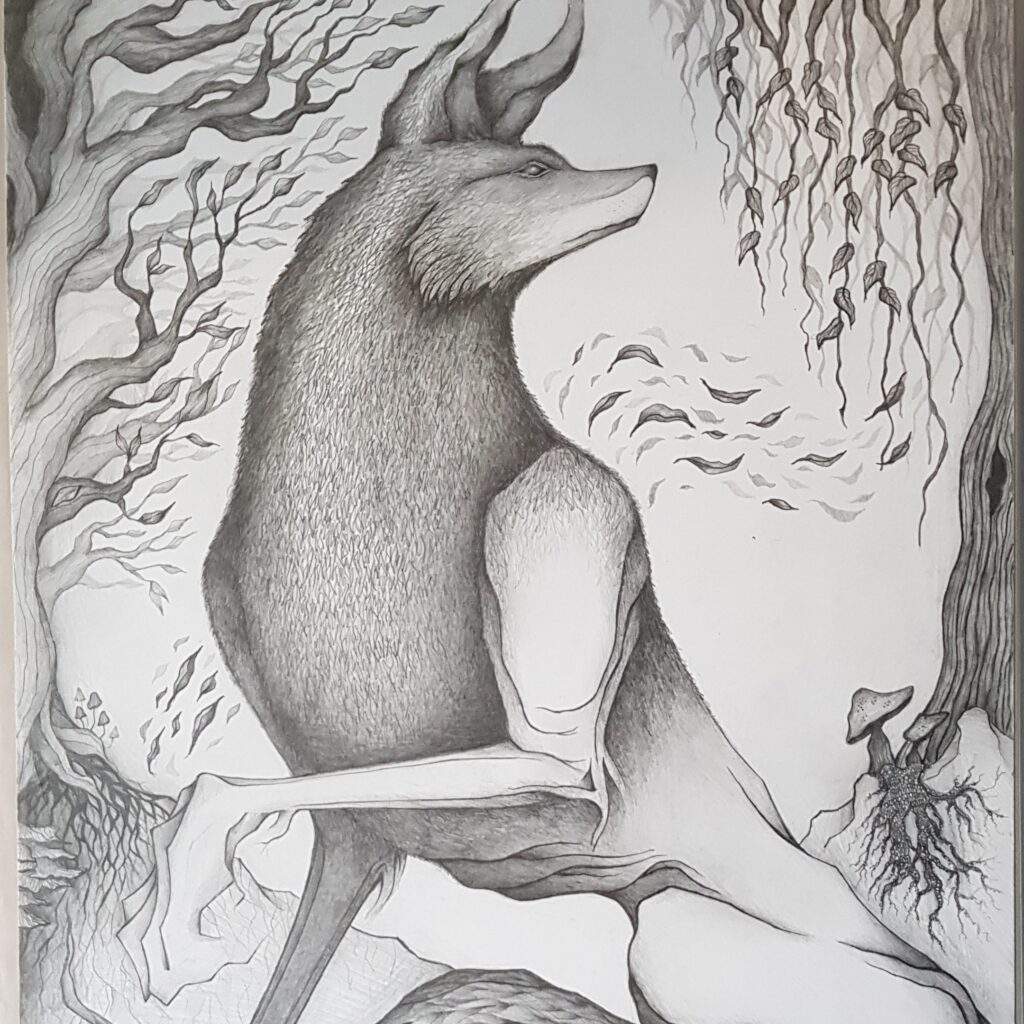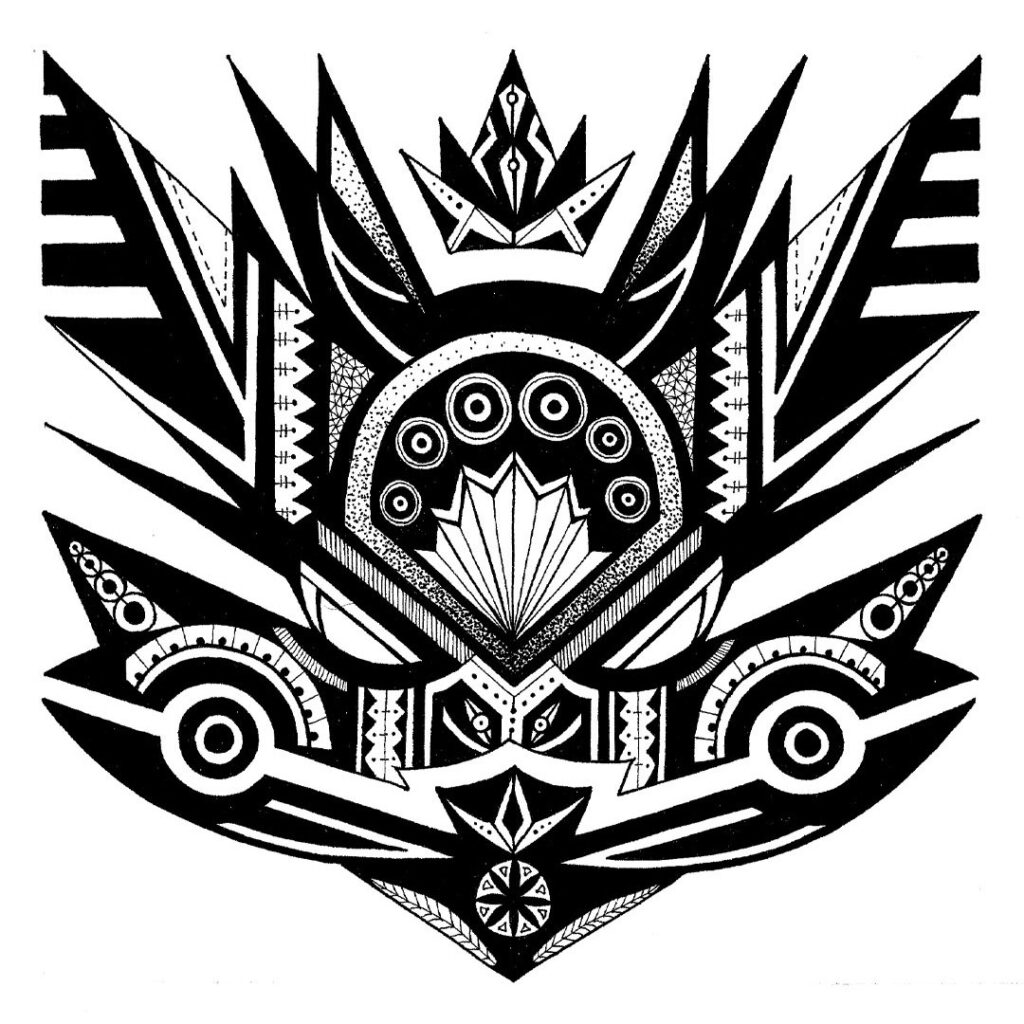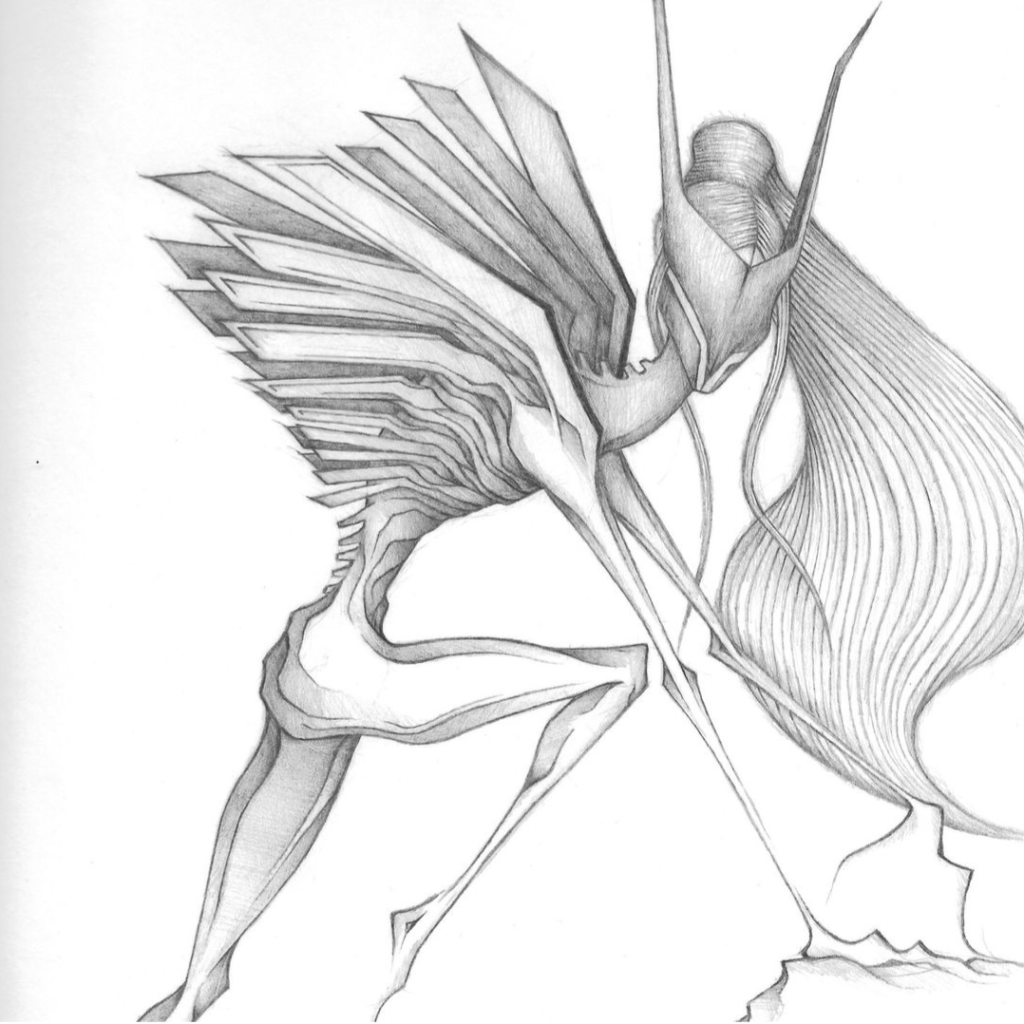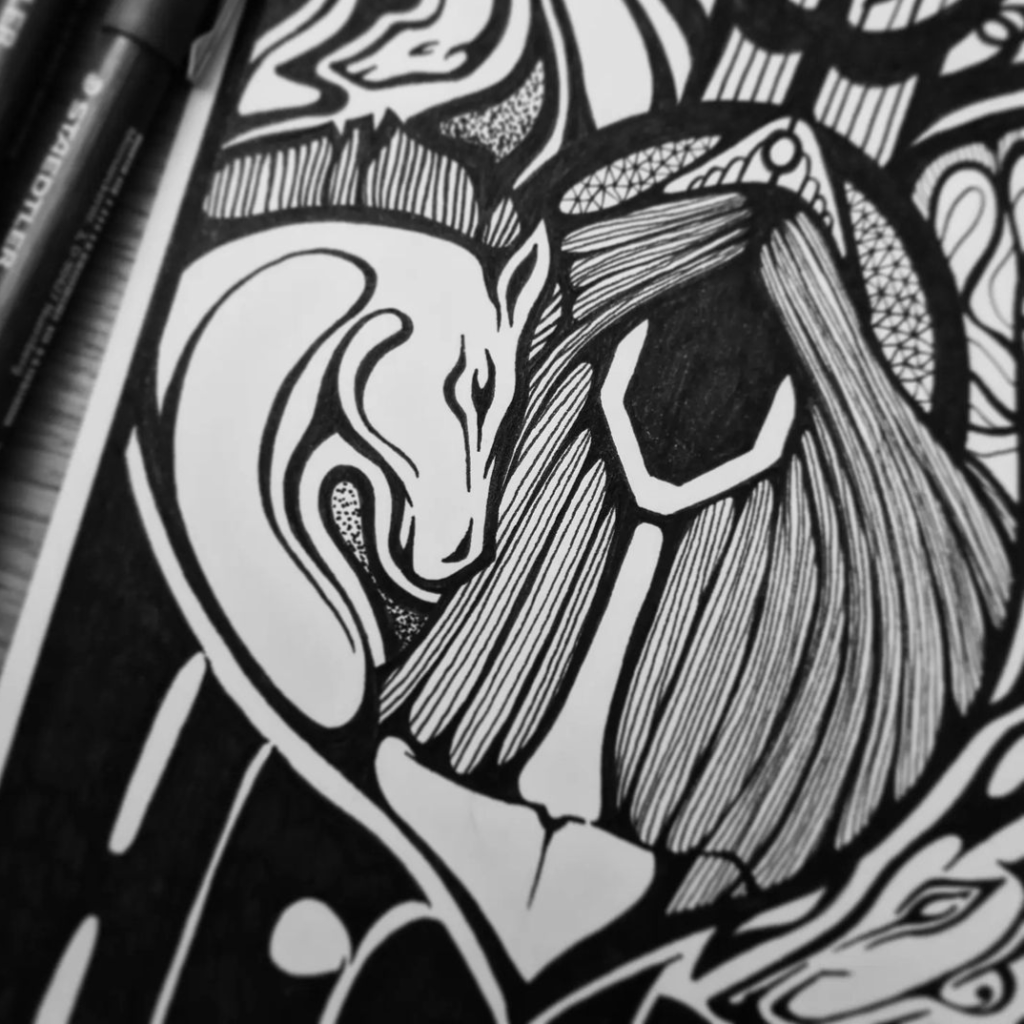2258.1992
– the works of Elise Akkermann –
opening Friday 27 October 2023
6 – 11pm
live soundscape performance by All Reitz Reserved
8 – 9 pm
on view also Saturday 28 & Sunday 29 October 2023
2 – 6pm
& by appointment
The Arts Institute
Kattenberg 93 BoHo Antwerp
part of the BORGER Art Nocturnes
/ – /
“ … Since the 1970s, major archaeological discoveries have been made suggesting the historical existence of ‘Amazones’. In the steppes between the Volga and the Urals, female burials with weapons and horse harnesses have been discovered. Since the 1990s, also the lands of the Scythians [1] have been systematically explored, and 112 female burials containing weapons have been found. In southern Ukraine, near the town of Akkerman, the tomb of a female warrior revealed not only a number of offerings – bronze and silver bracelets, a mirror and a necklace made of glass beads, a quiver containing 20 bronze arrowheads, two iron spearheads and the remains of a breastplate – but also the famous axe that myth attributes to the Amazons. …” [2]
The town of Akkerman is situated at the Black Sea near Odessa in Ukraine. The Ukrainian name is Bilhorod-Dnistrovskyi (Білгород-Дністровський) and the place is historically also known as Aq Kirmān (Turkish: Akkerman).
The ancestors of Elise Akkermann came from Ukraine and Hungary and found each other in Budapest. Elise was born there and adopted as a baby by a Hungarian/German father and Italian mother living in Belgium that time. The family name Akkerman is originally German but believed to have come to Hungary with German immigrants fleeing wars and famine throughout European history. In 1956, Elise’s grandparents fled the Hungarian revolution and arrived via refugee camps in Belgium. He was in his twenties and she was only 10. They did not know each other yet and met later in Brussels. An officer maintaining the population registry misspelled the grandfather’s name as Akkermann with a double n.
The rest is history.
What makes our human histories and how do they interfere ? What causes what, and what is myth and what is real? What is connected and what is randomly happening? And, above all, how do our histories determine what we value and how we express ourselves?
[1] The Scythians were an ancient Eastern Iranic equestrian nomadic people who had migrated during the 9th to 8th centuries BC from Central Asia to the Pontic Steppe in modern-day Ukraine and Southern Russia, where they remained established from the 7th century BC until the 3rd century BC. https://en.wikipedia.org/wiki/Scythians
[2] Adapted and translated from https://odysseum.eduscol.education.fr/les-amazones-dalexandre
/ – /




